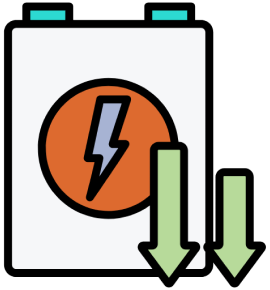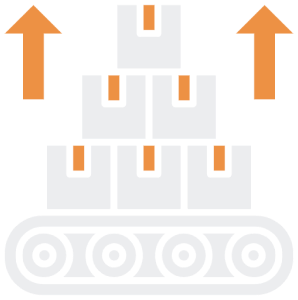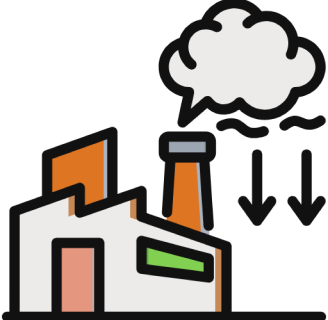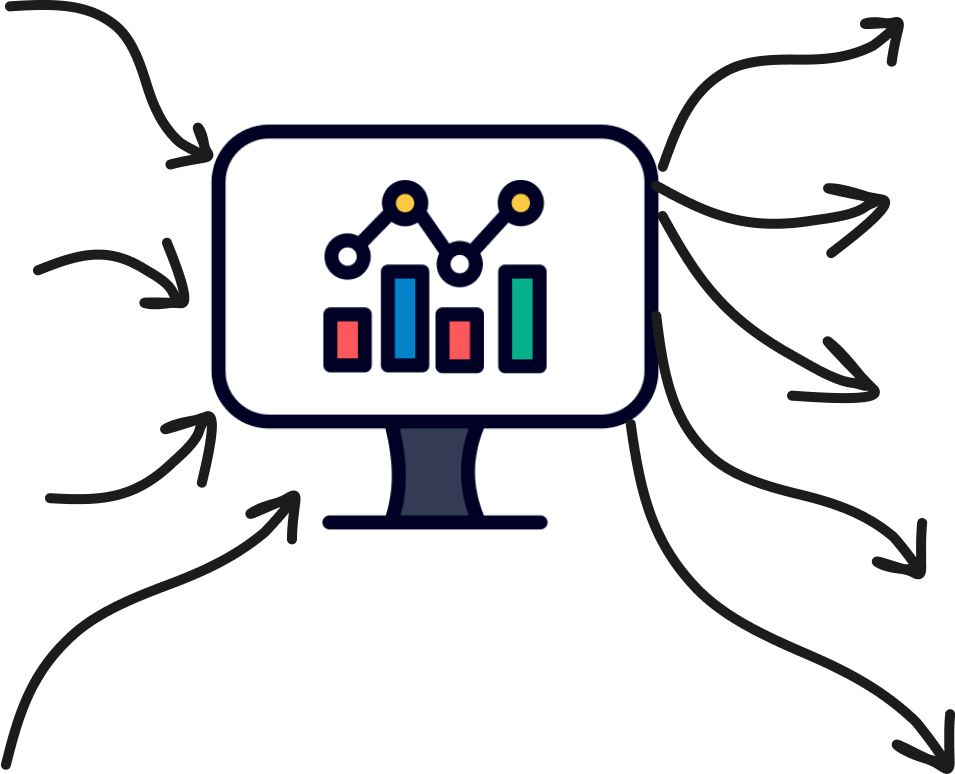AI Platform
for Combustion
Get A Free Demo

WHY USE PYRETEK?

Lower Energy Consumption

Higher Production

Safety Improvement

Lower Downtime

Lower Emission
TYPES OF DATA ANALYSED
Operational Data
Furnace Temperature, Furnace Pressure, Burner Power
Energy Consumption Data
Burner Power, Fuel/O2/Air Flowrates.
Safety And Reliability Data
Shutoff valves, Pressure and Temperature switches, UV sensors, Pressure and Temperature sensors
Emission Data
NOx/O2/CO sensors
Lower Energy Consumption
Higher Production
Safety Improvement
Lower Downtime
Lower Emission
HOW DOES IT WORK?
Lower Energy Consumption
Ensuring Safety Device Reliability And Detecting Operational Or Maintenance Errors For Secure, Seamless Operations
Higher Production
Driving CO₂ And NOx Reduction Through Optimized Energy And Oxygen Consumption Efficient Burner Management, And Minimized Unplanned Shutdowns.
Safety Improvement
Proactively Predicting Device Failures And Ensuring Compliance With Emission Permits For Sustainable Operations
Lower Downtime
Maximizing Metal Yield, Minimising Downtime, And Eliminating Bottlenecks For Streamlined, High-Efficiency Production
Lower Emission
Enhancing Precision And Stability in Flow Control, Metering, And Pressure Measurement For Optimal Performance

THEY TRUST US


Use Cases
Explore how Pyretek optimizes combustion processes across various industrial applications.
FREQUENTLY ASKED QUESTIONS
Have a question? We are here to help




